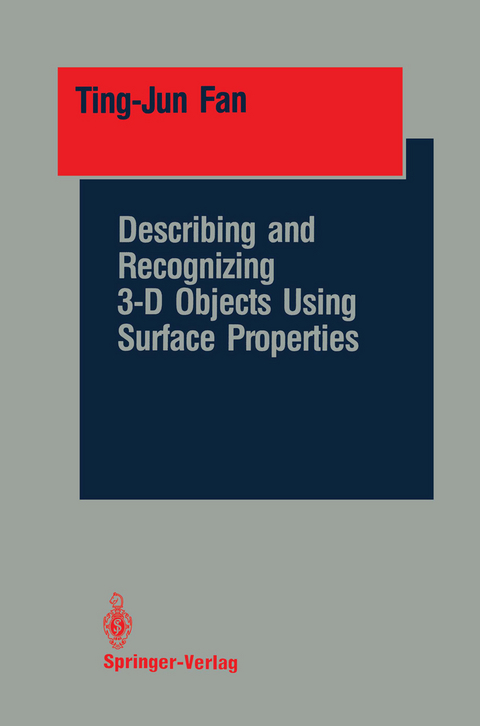
Describing and Recognizing 3-D Objects Using Surface Properties
Springer-Verlag New York Inc.
978-1-4612-8787-2 (ISBN)
1 Introduction.- 1.1 The Input.- 1.2 Issues in Shape Description.- 1.3 Issues of Recognition.- 1.4 Questions for the Research.- 1.5 The Contribution of the Research.- 1.6 Organization of the Book.- 2 Survey of Previous Work.- 2.1 Survey of Shape Descriptions.- 2.2 Survey of Recognition Systems.- 3 Surface Segmentation and Description.- 3.1 Curvature Properties and Surface Discontinuities.- 3.2 Detecting Surface Features.- 3.3 Space Grouping.- 3.4 Spatial Linking.- 3.5 Segmentation into Surface Patches.- 3.6 Surface Fitting.- 3.7 Object Inference.- 3.8 Representing Objects by Attributed Graphs.- 4 Object Recognition.- 4.1 Representation of Models.- 4.2 Overview of the Matching Process.- 4.3 Module 1: Screener.- 4.4 Module 2: Graph Matcher.- 4.5 Module 3: Analyzer.- 4.6 Summary.- 5 Experimental Results.- 5.1 The Models.- 5.2 A Detailed Case Study.- 5.3 Results for Other Scenes.- 5.4 Parallel Versus Sequential Search.- 5.5 Unknown Objects.- 5.6 Occlusion.- 6 Discussion and Conclusion.- 6.1 Discussion.- 6.2 Contribution.- 6.3 Future Research.- A Directional Curvatures.- B Surface Curvature.- C Approximation by Quadric Surfaces.
| Reihe/Serie | Springer Series in Perception Engineering |
|---|---|
| Zusatzinfo | XII, 142 p. |
| Verlagsort | New York, NY |
| Sprache | englisch |
| Maße | 155 x 235 mm |
| Themenwelt | Informatik ► Grafik / Design ► Digitale Bildverarbeitung |
| Mathematik / Informatik ► Informatik ► Software Entwicklung | |
| Informatik ► Theorie / Studium ► Künstliche Intelligenz / Robotik | |
| ISBN-10 | 1-4612-8787-1 / 1461287871 |
| ISBN-13 | 978-1-4612-8787-2 / 9781461287872 |
| Zustand | Neuware |
| Haben Sie eine Frage zum Produkt? |
aus dem Bereich


